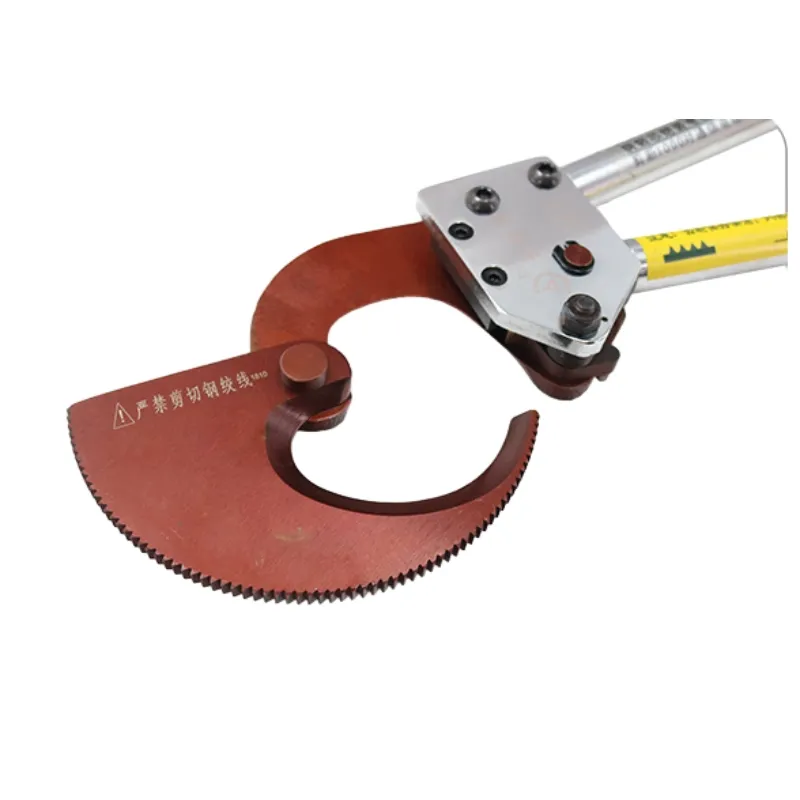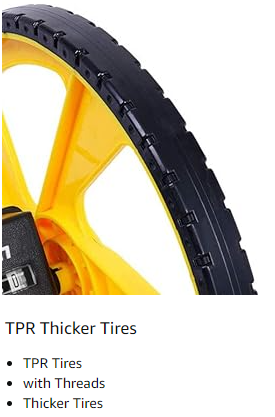
-
 Afrikaans
Afrikaans -
 Albanian
Albanian -
 Amharic
Amharic -
 Arabic
Arabic -
 Armenian
Armenian -
 Azerbaijani
Azerbaijani -
 Basque
Basque -
 Belarusian
Belarusian -
 Bengali
Bengali -
 Bosnian
Bosnian -
 Bulgarian
Bulgarian -
 Catalan
Catalan -
 Cebuano
Cebuano -
 Corsican
Corsican -
 Croatian
Croatian -
 Czech
Czech -
 Danish
Danish -
 Dutch
Dutch -
 English
English -
 Esperanto
Esperanto -
 Estonian
Estonian -
 Finnish
Finnish -
 French
French -
 Frisian
Frisian -
 Galician
Galician -
 Georgian
Georgian -
 German
German -
 Greek
Greek -
 Gujarati
Gujarati -
 Haitian Creole
Haitian Creole -
 hausa
hausa -
 hawaiian
hawaiian -
 Hebrew
Hebrew -
 Hindi
Hindi -
 Miao
Miao -
 Hungarian
Hungarian -
 Icelandic
Icelandic -
 igbo
igbo -
 Indonesian
Indonesian -
 irish
irish -
 Italian
Italian -
 Japanese
Japanese -
 Javanese
Javanese -
 Kannada
Kannada -
 kazakh
kazakh -
 Khmer
Khmer -
 Rwandese
Rwandese -
 Korean
Korean -
 Kurdish
Kurdish -
 Kyrgyz
Kyrgyz -
 Lao
Lao -
 Latin
Latin -
 Latvian
Latvian -
 Lithuanian
Lithuanian -
 Luxembourgish
Luxembourgish -
 Macedonian
Macedonian -
 Malgashi
Malgashi -
 Malay
Malay -
 Malayalam
Malayalam -
 Maltese
Maltese -
 Maori
Maori -
 Marathi
Marathi -
 Mongolian
Mongolian -
 Myanmar
Myanmar -
 Nepali
Nepali -
 Norwegian
Norwegian -
 Norwegian
Norwegian -
 Occitan
Occitan -
 Pashto
Pashto -
 Persian
Persian -
 Polish
Polish -
 Portuguese
Portuguese -
 Punjabi
Punjabi -
 Romanian
Romanian -
 Russian
Russian -
 Samoan
Samoan -
 Scottish Gaelic
Scottish Gaelic -
 Serbian
Serbian -
 Sesotho
Sesotho -
 Shona
Shona -
 Sindhi
Sindhi -
 Sinhala
Sinhala -
 Slovak
Slovak -
 Slovenian
Slovenian -
 Somali
Somali -
 Spanish
Spanish -
 Sundanese
Sundanese -
 Swahili
Swahili -
 Swedish
Swedish -
 Tagalog
Tagalog -
 Tajik
Tajik -
 Tamil
Tamil -
 Tatar
Tatar -
 Telugu
Telugu -
 Thai
Thai -
 Turkish
Turkish -
 Turkmen
Turkmen -
 Ukrainian
Ukrainian -
 Urdu
Urdu -
 Uighur
Uighur -
 Uzbek
Uzbek -
 Vietnamese
Vietnamese -
 Welsh
Welsh -
 Bantu
Bantu -
 Yiddish
Yiddish -
 Yoruba
Yoruba -
 Zulu
Zulu


TEL:
0086-311-88862036
Feb . 20, 2025 07:43 Back to list
duct rod
The importance of a 3/8 ground rod cannot be overstated when discussing electrical grounding systems. It plays a pivotal role in safeguarding buildings, equipment, and their occupants from electrical faults. As an expert with years of experience in electrical systems, it is essential to delve into why the 3/8 ground rod is a cornerstone in electrical safety and system efficiency.
From an authoritative standpoint, the 3/8 ground rod is recognized by institutions such as the National Electrical Code (NEC) as a vital component of electrical protection systems. Compliance with NEC standards is non-negotiable for electrical installations in the United States. Achieving these standards ensures systems not only operate efficiently but also uphold public and worker safety. Such compliance invariably fosters trust in electrical systems within residential, commercial, and industrial setups. Trustworthiness derives from using materials and products that meet or exceed established standards. Quality 3/8 ground rods are typically constructed from high-grade steel with a corrosion-resistant coating, often copper. This composition endures the rigors of underground environments over many years, functioning reliably despite soil acidity, which can vary significantly across different regions. It's important to stay informed about advancements in ground rod technology and installation methods. Keeping abreast of industry innovations and continuously reviewing best practices is essential for any professional in this domain. As such, professionals often attend conferences, participate in training sessions, and engage with industry publications to maintain a cutting edge understanding of the most effective and safest grounding practices. In conclusion, the 3/8 ground rod is a crucial component in the safety and effectiveness of electrical systems. Its successful application is founded on professional installation, regulatory compliance, and the use of high-quality materials. The durability and performance of these rods ultimately enhance the safety and operational integrity of the systems they serve. As an experienced practitioner, one bears the responsibility of leveraging expertise, authoritative standards, and trustworthy practices to ensure electrical systems are grounded safely and effectively.


From an authoritative standpoint, the 3/8 ground rod is recognized by institutions such as the National Electrical Code (NEC) as a vital component of electrical protection systems. Compliance with NEC standards is non-negotiable for electrical installations in the United States. Achieving these standards ensures systems not only operate efficiently but also uphold public and worker safety. Such compliance invariably fosters trust in electrical systems within residential, commercial, and industrial setups. Trustworthiness derives from using materials and products that meet or exceed established standards. Quality 3/8 ground rods are typically constructed from high-grade steel with a corrosion-resistant coating, often copper. This composition endures the rigors of underground environments over many years, functioning reliably despite soil acidity, which can vary significantly across different regions. It's important to stay informed about advancements in ground rod technology and installation methods. Keeping abreast of industry innovations and continuously reviewing best practices is essential for any professional in this domain. As such, professionals often attend conferences, participate in training sessions, and engage with industry publications to maintain a cutting edge understanding of the most effective and safest grounding practices. In conclusion, the 3/8 ground rod is a crucial component in the safety and effectiveness of electrical systems. Its successful application is founded on professional installation, regulatory compliance, and the use of high-quality materials. The durability and performance of these rods ultimately enhance the safety and operational integrity of the systems they serve. As an experienced practitioner, one bears the responsibility of leveraging expertise, authoritative standards, and trustworthy practices to ensure electrical systems are grounded safely and effectively.
Next:
Latest news
What Are Construction Tools and How Are They Used?
NewsJul.11,2025
Professional-Grade Duct Rodding Tools for Superior Cable Installation
NewsJul.11,2025
Enhancing Safety and Efficiency with Modern Hot Stick Solutions
NewsJul.11,2025
Empowering Cable Installation with Advanced Rodder Solutions
NewsJul.11,2025
Elevate Your Cable Installation Projects with Cable Pulling Tools
NewsJul.11,2025
Efficient Cable Handling Solutions: Cable Rollers for Sale
NewsJul.11,2025
Copyright © 2025 Shijiazhuang Bilo Import and Export Trading Co., Ltd. All Rights Reserved. Sitemap | Privacy Policy

BlLo lmport & Éxport is specialized in power and cable equipment andconsiruction tools,Qur main producis are FRP
duct rodder, cable rollerscable pulling winch, cable drum jack, cable pulling sock, etc.
Copyright © 2025 Shijiazhuang Bilo Import and Export Trading Co., Ltd. All Rights Reserved. Sitemap | Privacy Policy










